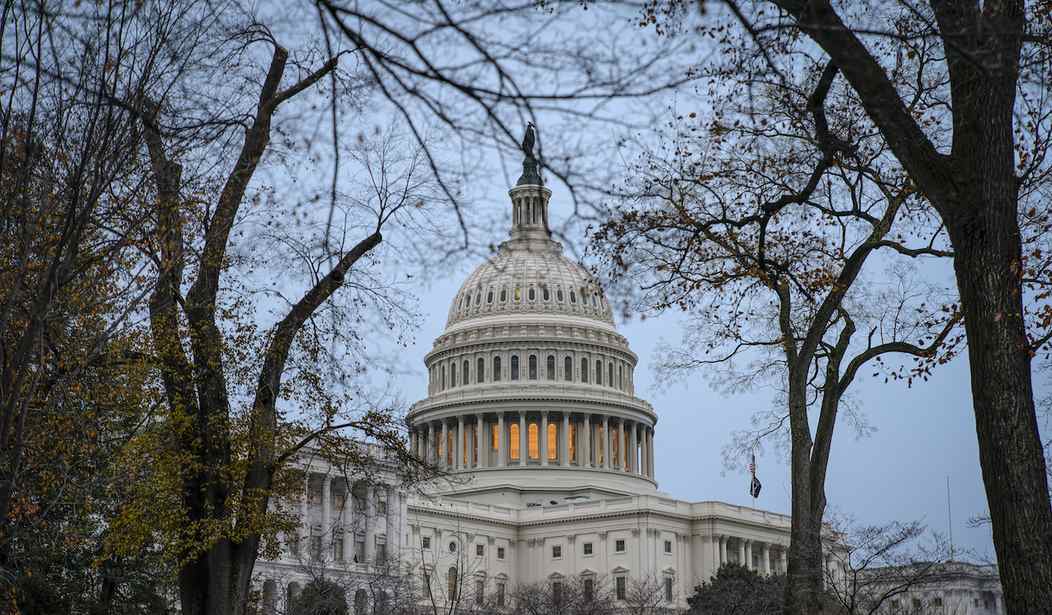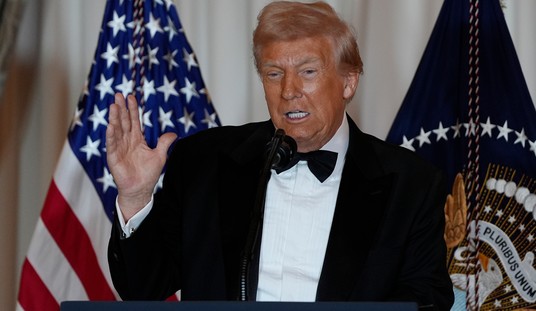Many people still blame today's inflation on snags in globe-spanning supply chains. The chief proposed solution is to dismantle decades of globalization and bring production home. Some are also pushing for measures to offset inflation, including robust child subsidies and tax rebates for gas and food.
These proposals are rooted in a misunderstanding of the true cause of inflation: namely, government-induced demand. More spending, therefore, will only fuel the inflation fires.
Over the course of the pandemic, the Treasury issued roughly $6 trillion, $2.7 trillion of which was monetized by the Federal Reserve. Americans were sent $5.1 trillion through various programs, including individual checks and unemployment bonuses. Overall federal debt has since risen by about $6 trillion.
This response assumes the 2020 recession was sparked by a demand shock leading to a fall in aggregate demand, rather than the strangling of aggregate supply caused by the pandemic and lockdowns. Under these circumstances, sending people and companies money was never likely to impact output. Instead, it greatly inflated demand for the durable goods still being produced.
Even by the Keynesian economic standards that prompt this sort of fiscal response, COVID-19 relief was larger than any "output gap" -- the difference between what the economy is producing and the most it could produce. In March 2020, the gap was $2.3 trillion, and that year alone, the government spent $3 trillion through several relief bills.
Recommended
In March 2021, Democrats passed the over-the-top $1.9 trillion American Rescue Plan. At the time, the projected output gap was $700 billion through 2023 -- the period when most of the spending would take place. As such, the bill was two or three times too big, especially considering the economy was mostly reopened and growing, with unemployment dropping fast from 14.8% the year before to 6%.
A few center-left economists, as well as Democratic Sen. Joe Manchin, sounded the alarm that an oversized new injection of spending would overheat a growing economy and cause inflation. They were ignored, if not mocked. As a result, almost everyone from the Fed chairman to monetary experts spent most of 2021 explaining away inflation without mention of the roles played by fiscal and monetary policies.
Today, several new studies confirm that this bout of inflation is rooted in demand, not supply. That's not to say supply-chain chokepoints, originally resulting from the global shutdown imposed by governments and a sudden shift away from services toward goods, played no role.
However, we wouldn't have such large-scale supply-chain problems without the shutdowns followed by the aforementioned government-fueled increase in demand for durable goods. According to Robert Koopman at the World Trade Organization, artificially inflated demand accounted for as much as two-thirds of supply shortages.
Second, global supply chains are, obviously, global. If inflation were truly the product of supply-chain issues, we would witness roughly the same rates of inflation throughout the industrialized world. But we don't. Most industrialized countries have lower levels of inflation than the United States. These other countries also implemented significantly lower amounts of COVID-19 spending.
For instance, France, South Korea and Norway all have inflation rates below 4%. Their governments spent less than 10% of GDP on fiscal stimulus in response to the pandemic, compared to about 26% in the United States.
One also needs to distinguish supply constraints, which increase the price of some goods relative to other goods, and inflation, which occurs when the prices of everything, including labor, rise. Supply shocks and constraints do not cause the same broad-based pattern of price hikes that true inflation causes. In addition, price-level hikes caused by supply-side shocks are generally not ongoing month after month; they are one-time jumps that gradually dissipate when the supply shock is over.
Today, all prices are rising, including wages (though for now at a lower rate), and the inflation is persistent. This is because of overblown fiscal and monetary policies. Tackling the problem requires strong Fed actions and significant fiscal restraint by Congress. Short of both, inflation will persist for much longer, inflicting disproportionate harm on the most economically vulnerable.
This also means that the recent calls to offset inflation with subsidies for gas, housing, child care and more will require borrowed money. Since fiscal largesse is the source of the problem, and since these efforts make the affected markets more inefficient, the approach raises the risk of a great stagnation spiral.

























Join the conversation as a VIP Member